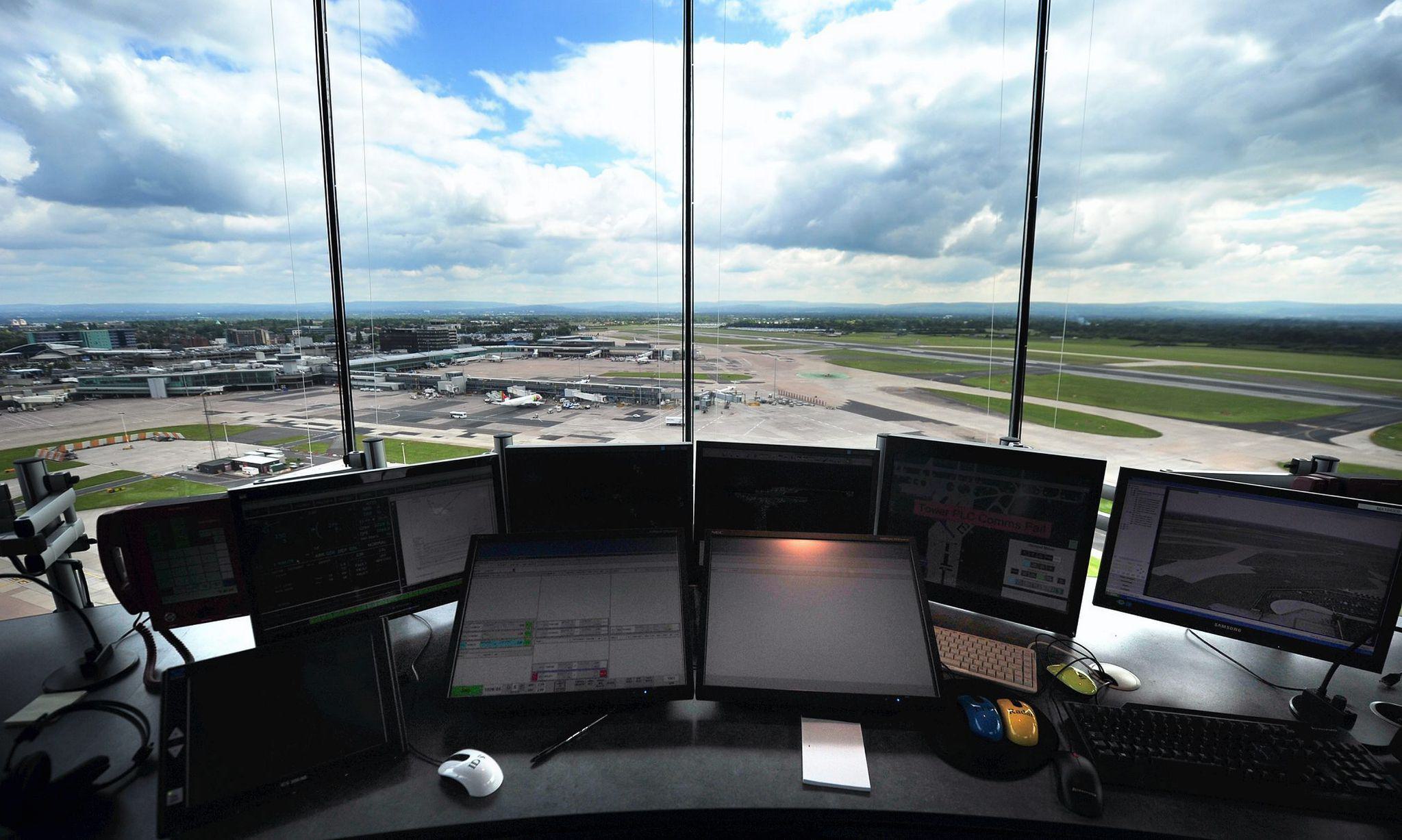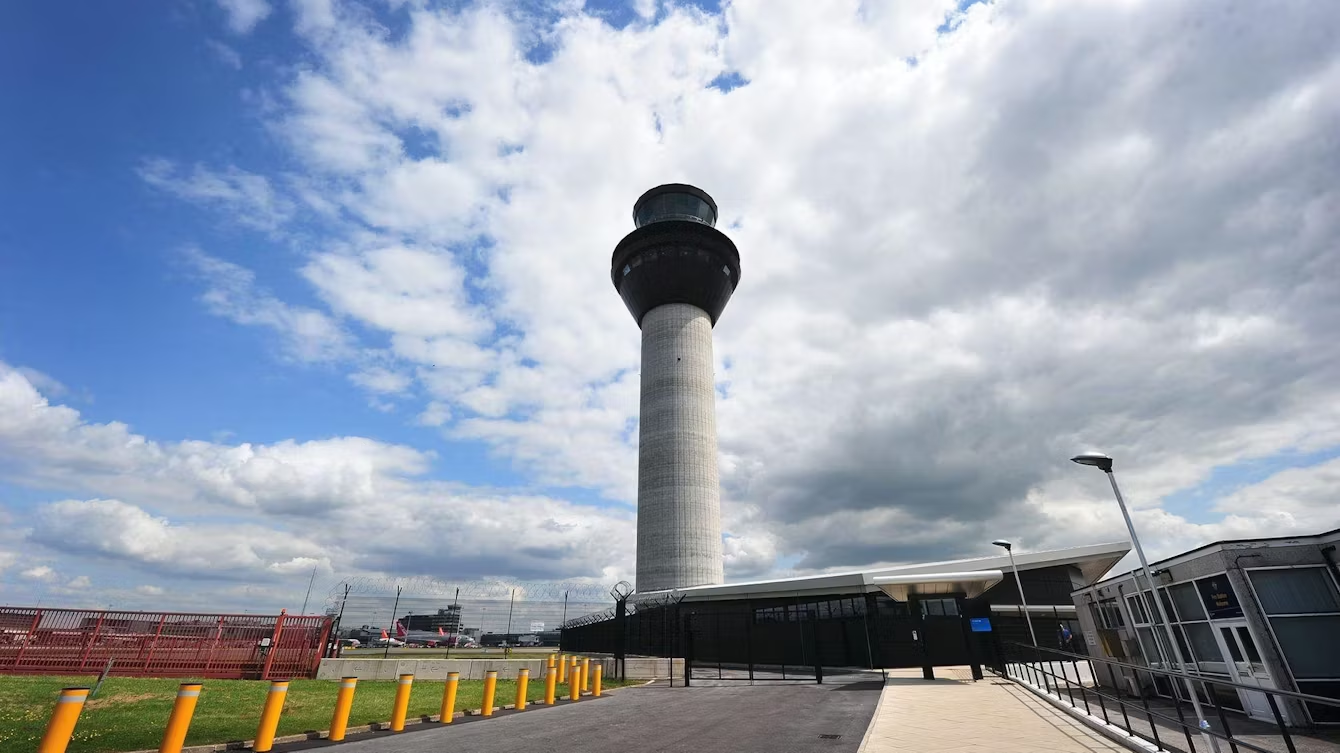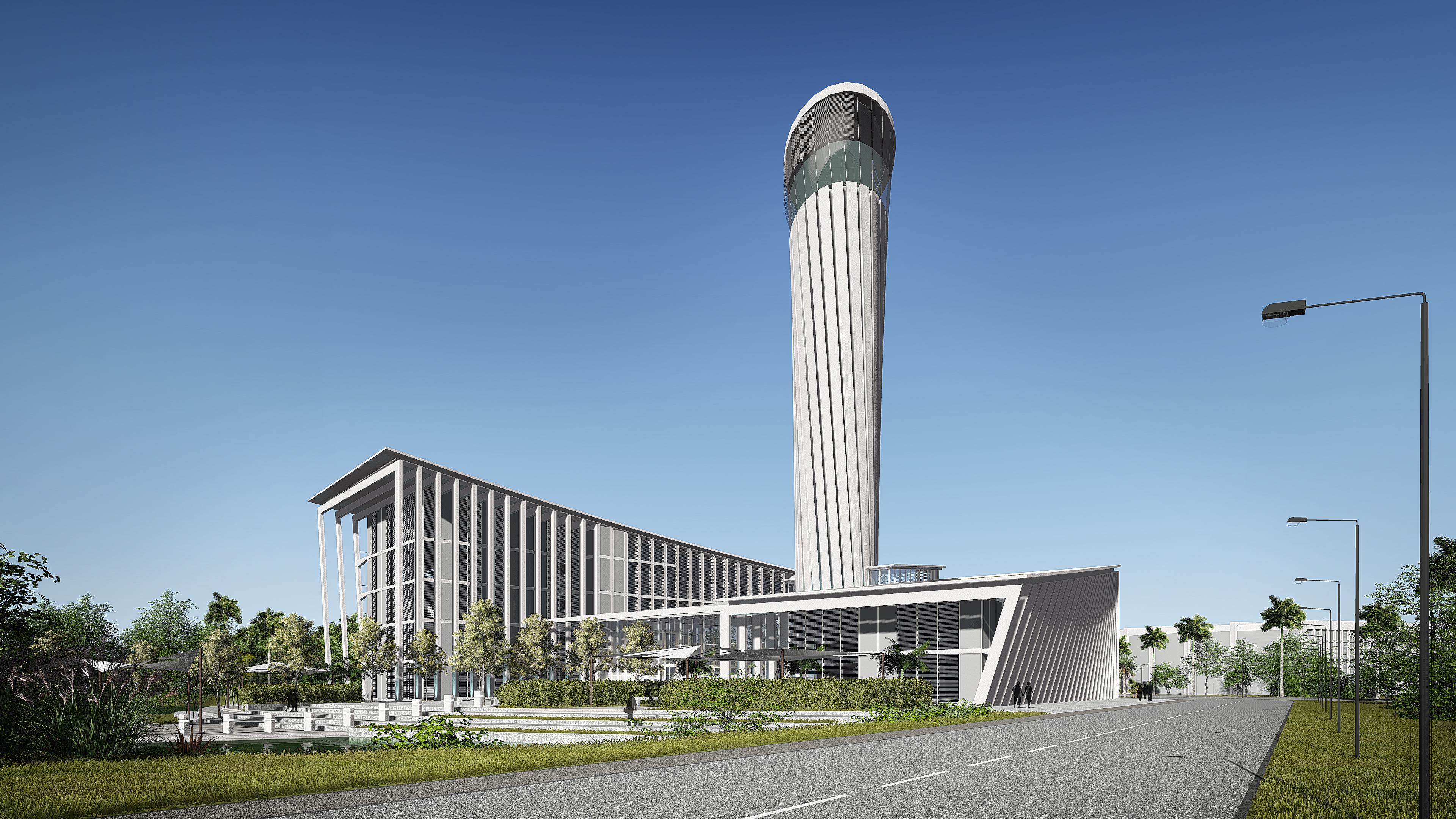News
The Future of Aviation: Why Investing in Air Traffic Control Towers is Essential
Back to news & insights
19 Jul 2024
In a time where digital solutions are revolutionising industries, aviation faces a crucial decision: Should we invest in traditional air traffic control (ATC) towers or shift towards virtual alternatives?
While virtual towers offer promising technological advancements, there are compelling reasons to continue investing in physical ATC towers.
As an architectural practice, you won’t be surprised to hear that we believe ATCs remain the better option for our airports. Here’s why:

1. Reliability and Redundancy
Physical ATC towers provide a level of human-reliability that virtual systems arguably have yet to match. In the high-stakes world of aviation, resilience is critical. Traditional towers are equipped with multiple fail-safes and backup systems that ensure uninterrupted operation, even in the event of a system failure. The physical presence of controllers also allows for immediate, hands-on troubleshooting, reducing the risk of extended downtime.
2. Situational Awareness
The human element in air traffic control is irreplaceable. Controllers in physical towers benefit from a direct line of sight to runways and taxiways, which enhances their situational awareness. This real-world perspective is crucial for managing complex traffic patterns and responding swiftly to unexpected events. While virtual towers can simulate these views, they could in certain situations lack the intuitive understanding that comes from direct observation.
3. Cybersecurity Concerns
As cyber threats become increasingly sophisticated, the aviation sector must prioritise digital security. Virtual towers, heavily reliant on digital networks, are more vulnerable to cyber-attacks. Investing in physical ATC towers adds a layer of protection, ensuring that air traffic management remains secure from external threats.
4. Human Touch in Crisis Management
In times of crisis, the human touch can make a significant difference. Physical ATC towers allow for immediate, direct communication among controllers, pilots, and ground staff. This real-time interaction is invaluable during emergencies, where quick decision-making and clear communication can save lives. The presence of experienced controllers in a shared physical space with direct visibility of an airfield fosters collaboration and swift response in critical situations.
5. Economic Considerations
While the initial investment in virtual towers might appear lower, the long-term costs can be substantial. Maintenance of advanced digital systems, ongoing software updates, and the need for robust cybersecurity measures can add up. Physical ATC towers, with their proven track record and established infrastructure, offer a cost-effective solution over the long run. Additionally, investing in traditional towers supports local economies through construction, maintenance, and operation jobs.
6. Technological Integration
Physical ATC towers are not mutually exclusive from technological advancements. Modern towers are already integrating cutting-edge technologies, such as advanced radar systems. This hybrid approach leverages the best of both worlds—maintaining the reliability and human oversight of physical towers while incorporating the efficiencies of modern technology.
7. Future-Proofing Infrastructure
As the aviation industry continues to grow, the demand for robust and reliable air traffic management will only increase. Investing in physical ATC towers ensures that our infrastructure can handle future challenges, from increased traffic volumes to new types of airspace users like drones. These towers can be designed to adapt to evolving needs, providing a solid foundation for the future of aviation.

While virtual air traffic control towers offer exciting possibilities, the case for continuing to invest in physical ATC towers remains strong. The combination of reliability, situational awareness, cybersecurity, crisis management capabilities, economic benefits, technological integration, and futureproofing makes physical towers an indispensable component of a safe and efficient aviation system. As we navigate the future of aviation, let’s ensure that our investments prioritise the proven strengths of physical air traffic control infrastructure.
Our skies depend on it.
Contact us to learn more about how we can help elevate your aviation infrastructure.

Photos by Martine Hamilton Knight